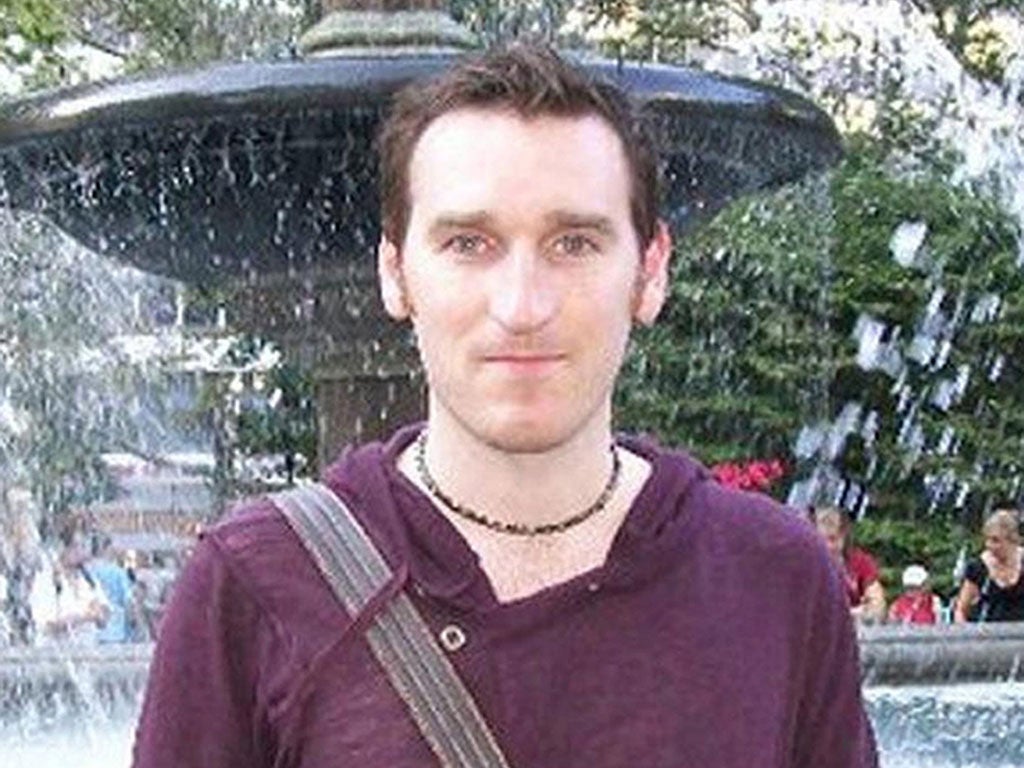The 'surprise' raid that led to an eight hour gunfight and two dead hostages
Jerome Taylor and Kim Sengupta report on the disastrous Nigerian operation

It was shortly before 11am on Thursday morning that residents of Mabera suburb in the dusty Nigerian city of Sokoto first began to realise that a major security operation was underway. Nigerian troops backed by two helicopters had stormed on to the streets and were ordering residents back into their houses.
Within minutes relentless gunfire had broken out. A hastily assembled bid to try and rescue two European hostages had begun. But it ended in tragedy.
Ideally hostage rescues are lightning-quick operations launched with the element of surprise to reduce the chance that kidnap victims might be killed by their captors. The idea is to take out the kidnappers before they even know a rescue attempt is being made. But any hopes that this operation would be over in an instant were dashed early on in the raid.
Instead, local eye-witnesses in Nigeria's northernmost city reported that gunfire kept the residents of Mabera pinned in their houses for nearly eight hours as commandoes from Britain's Special Boat Service (SBS), backed by more than 100 Nigerian troops, struggled to smash their way into the walled compound where Chris McManus and Franco Lamolinara were being held.
At one point during the raid, locals said, militants scaled the wall of a nearby house, widening their front line. Unable to break in, the rescuers brought in an armoured personnel carrier to smash down the wall outside the house. Nigerian soldiers even threw burning tyres at the house to smoke the kidnappers out, it was reported.
When the dust settled, three militants had been led away in handcuffs and at least two lay dead. But tragically the two hostages were also killed alongside an unarmed private security guard in the neighbouring house.
Despite Downing Street's attempts yesterday to calm the diplomatic row between Britain and Italy, questions remain about the failed rescue bid. Why did the SBS – a unit that usually launches rescue operations under the cover of darkness – choose to launch their attack in daylight? Were British forces doing the bulk of the fighting or was it left up to their less well-trained Nigerian allies? And crucially, at what point did the two hostages perish and who killed them?
Mr McManus and Mr Lamolinara's ordeal began 10 months ago when they were seized by Islamist militants from their lodgings in the nearby town of Birnin Kebbi, where they had been working on a construction project for a Nigerian bank.
British negotiators flew to Nigeria several times and tentative connections were made with the hostage-takers. These ended abruptly, and a few weeks later, in August last year, the first video of the men in captivity was released.
After that the trail went cold and concerns were raised that the group responsible for the kidnapping – thought to be an off-shoot of the violent Islamist group Boko Haram – might be trying to sell their victims to al-Qa'ida in the Islamic Maghreb.
But approximately 10 days ago, SBS soldiers were moved in to the Sokoto area, suggesting Britain and Nigeria were closing in on the kidnappers. Downing Street has insisted Thursday's raid had to be conducted because of intelligence suggesting that the two men's lives were in imminent danger.
Nigerian media reports have suggested that a chain reaction of events which led to the botched rescue mission was sparked off 36 hours earlier when Nigerian security forces arrested militants in Zaria, 230 miles to the south of Sokoto.
Just after 10.25pm on Tuesday night, a gun battle broke out as soldiers tried to storm an apartment in a district of Zaria. Officials say five militants were captured, including a man named Abu Muhamed – a supposedly influential militant leader with links to Boko Haram.
What they also recovered, according to Nigerian reports, was critical information on the whereabouts of Chris McManus and Franco Lamolinara. During his interrogation it emerged that Abu Muhamed was the leader of the group that had kidnapped the two men. If this narrative is correct it would help to explain why the SBS and their Nigerian allies appeared to have such a short space of time to plan the rescue and why they decided to carry out the raid in daylight.
Outside the blood-spattered compound yesterday, shocked residents gathered to survey the aftermath of a brutal battle in a city that has largely escaped much of the sectarian conflict seen in northern Nigeria.
Heavy-calibre rounds had torn holes in the wall. Pools of blood could be seen inside the building along with prescription medicines such as penicillin and anti-malaria pills. Parts of the property had been scorched black by fire.
But locals said they rarely saw the inhabitants of the house in Sokoto where the hostages were held. "We never suspected what was going on in the house," Murtala Naboro Tsafe, whose house is directly opposite the compound, told Reuters. "There were people going in and out of the house every day. But we never saw any white man."
Subscribe to Independent Premium to bookmark this article
Want to bookmark your favourite articles and stories to read or reference later? Start your Independent Premium subscription today.

Join our commenting forum
Join thought-provoking conversations, follow other Independent readers and see their replies